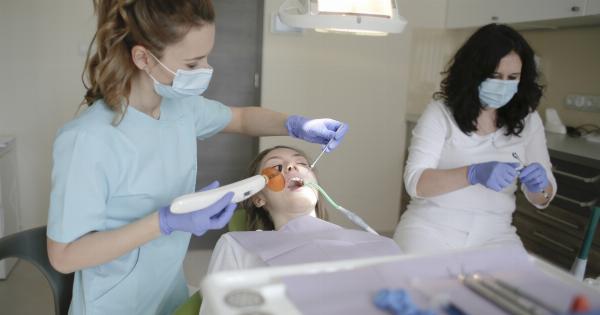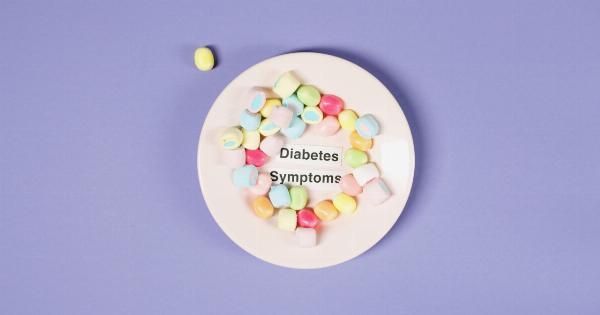Cholelithiasis or gallstones is a common condition affecting millions of individuals worldwide. Crohn’s disease is a chronic inflammatory disease of the digestive tract that is associated with several extra-intestinal manifestations.
There has been a growing interest in the association of cholelithiasis with Crohn’s disease. This article aims to review the prevalence, risk factors, and outcome of cholelithiasis in patients with Crohn’s disease.
Prevalence of Cholelithiasis in Patients with Crohn’s Disease
The prevalence of cholelithiasis in patients with Crohn’s disease varies across studies.
Some studies have reported a higher prevalence of cholelithiasis in patients with Crohn’s disease compared to the general population, while others have not found any difference. A meta-analysis of 19 studies involving 11,102 patients with Crohn’s disease found a pooled prevalence of cholelithiasis of 7.4%. This is higher than the estimated prevalence of cholelithiasis in the general population, which is 6% to 9%.
However, the prevalence of cholelithiasis in Crohn’s disease varies according to age, sex, and disease location.
Risk Factors for Cholelithiasis in Patients with Crohn’s Disease
Several risk factors have been identified for cholelithiasis in patients with Crohn’s disease. These include age, female sex, disease duration, disease location, and use of corticosteroids. The risk of cholelithiasis increases with age and female sex.
Crohn’s disease involving the terminal ileum and the proximal colon is associated with a higher risk of cholelithiasis. The use of corticosteroids, particularly at high doses and for a prolonged period, is also a risk factor for cholelithiasis.
Mechanism of Cholelithiasis in Patients with Crohn’s Disease
The underlying mechanism of cholelithiasis in patients with Crohn’s disease is not well understood. However, several hypotheses have been proposed.
One theory suggests that chronic inflammation in the ileum and colon leads to alterations in bile salt metabolism, which predisposes to the formation of gallstones. Another theory suggests that ileal resection or inflammation leads to changes in the enterohepatic circulation of bile acids, leading to an increased risk of cholelithiasis.
However, further research is needed to elucidate the underlying mechanism of cholelithiasis in patients with Crohn’s disease.
Clinical Presentation of Cholelithiasis in Patients with Crohn’s Disease
The clinical presentation of cholelithiasis in patients with Crohn’s disease is similar to that of the general population. However, patients with Crohn’s disease may present with more severe symptoms due to the underlying inflammation.
The most common symptom of cholelithiasis is right upper quadrant pain, which may radiate to the back or shoulder. Other symptoms include nausea, vomiting, fever, and jaundice.
Diagnosis of Cholelithiasis in Patients with Crohn’s Disease
The diagnosis of cholelithiasis in patients with Crohn’s disease is usually based on imaging studies, such as ultrasound or computed tomography (CT) scan.
Magnetic resonance cholangiopancreatography (MRCP) may also be used to evaluate the biliary system. Laboratory tests, such as liver function tests, may help to assess the severity of the disease. However, the diagnosis of cholelithiasis in patients with Crohn’s disease can be challenging due to the presence of inflammatory bowel disease.
Treatment of Cholelithiasis in Patients with Crohn’s Disease
The treatment of cholelithiasis in patients with Crohn’s disease is similar to that of the general population. Asymptomatic gallstones do not require treatment, but regular follow-up is recommended.
Symptomatic gallstones may require surgery, such as laparoscopic cholecystectomy. However, surgery in patients with Crohn’s disease may be challenging due to the underlying inflammatory bowel disease. In some cases, medical treatment with ursodeoxycholic acid may be considered to dissolve the gallstones.
Outcome of Cholelithiasis in Patients with Crohn’s Disease
The outcome of cholelithiasis in patients with Crohn’s disease is generally good. However, patients with Crohn’s disease may have a higher risk of complications, such as biliary colic, acute cholecystitis, and cholangitis.
The risk of complications increases with the severity of the underlying Crohn’s disease. Therefore, early diagnosis and treatment of cholelithiasis in patients with Crohn’s disease are important to prevent complications.
Conclusion
Cholelithiasis is a common condition that may occur in patients with Crohn’s disease. The prevalence of cholelithiasis in patients with Crohn’s disease is higher than that in the general population.
The risk factors for cholelithiasis in patients with Crohn’s disease include age, female sex, disease location, disease duration, and use of corticosteroids. The underlying mechanism of cholelithiasis in patients with Crohn’s disease is not well understood.
The diagnosis of cholelithiasis in patients with Crohn’s disease is based on imaging studies, and the treatment is similar to that of the general population. Early diagnosis and treatment of cholelithiasis in patients with Crohn’s disease are important to prevent complications.




























